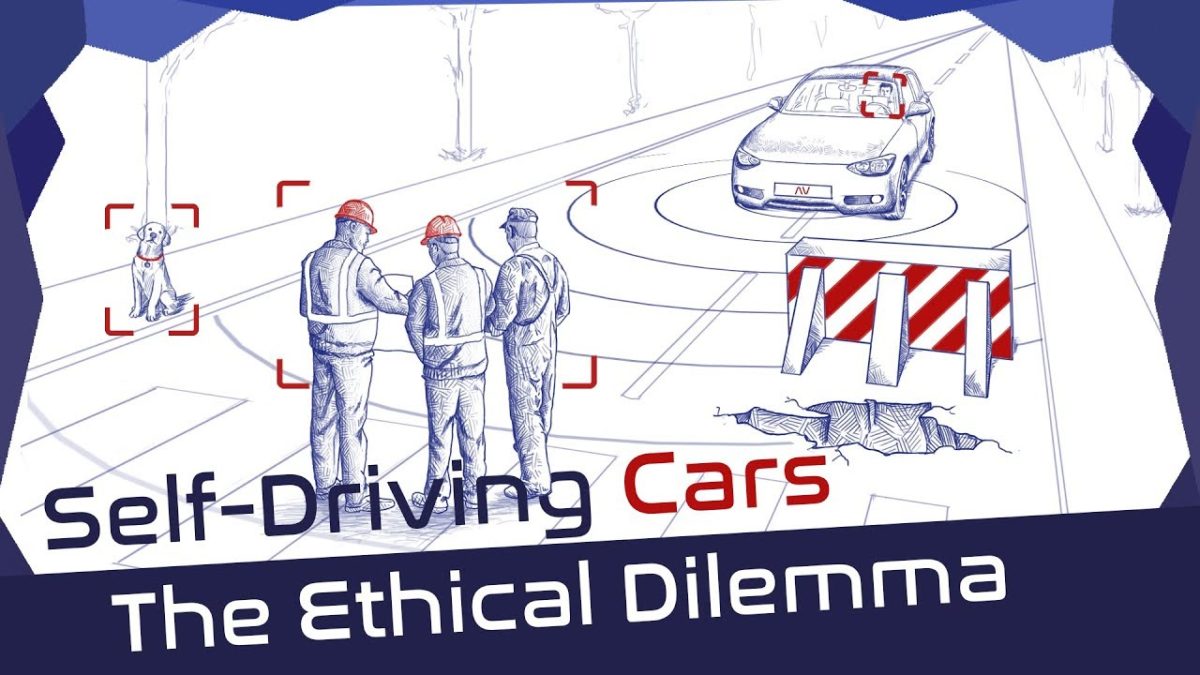Blockchain is everywhere nowadays. We can definitely say that is has disrupted our economy and lives in many different ways. But what does the future of blockchain look like? We have public and private blockchains. The first, such as Bitcoin, is transparent, open, and a distributed ledger, in principle for anonymous participants, and the latter, such as Corda, integrates certain restrictions to allow for more control and privacy, which makes them more valuable for industry-level businesses. There is a “competition” between the two technologies. But what are actually the main differences? And is there really competition or will they be used for different cases?
Usually, when people talk about blockchain, they talk about public blockchains, which are open and transparent. You can join if you have access to an internet connection, and no authorisation is needed. Transactions are accepted based on verification by other participants.
Private blockchains have an extra control layer that determines who can access and participate before anyone can access and write information on the particular blockchain. In sectors like healthcare and supply, more sensitive information is dealt with, which requires that extra level of privacy.
Both have the characteristics of a ledger: when a transaction has successfully stored, it cannot be altered and only a counter-transaction can undo it. Public blockchains are applicable in many use cases, and therefore have the potential to revolutionise current systems, because trusted intermediaries are not necessary anymore. It seems that private blockchains are made for specific use cases with specific functions, which are mostlu used to optimise and improve current practices for businesses. This could radically change the need for administrative back-office functions, where changes as a result of actions by others are being tracked
Both models address different challenges, and therefore have their own use cases. Therefore, I expect competition between the two to be relatively small.
1. Blockchain has the potential to create new foundations for our economic and social systems. https://hbr.org/2017/01/the-truth-about-blockchain
2. The truth about blockchain. https://hbr.org/2017/01/the-truth-about-blockchain
3. How does blockchain work? https://digital.hbs.edu/fintech-digital-currencies/hbr-whiteboard-session-blockchain-work/
4. The differences between public and private blockchain. https://www.ibm.com/blogs/blockchain/2017/05/the-difference-between-public-and-private-blockchain/

